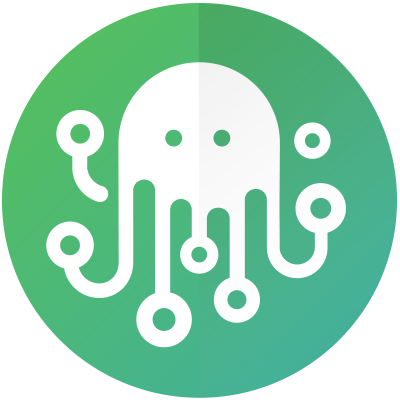Operations Bridge Manager (OBM)
Supported Versions
Please note that using a supported version is mandatory.
Product | Supported Deployment Types | Supported Versions |
|---|---|---|
Operations Bridge Manager (OBM) | Server | 10.x (or newer) |
Environmental Prerequisites
The environmental prerequisites for this product are listed below.
Confirm the prerequisites of the corresponding integration template before continuing further, as some templates may not require all environmental prerequisites.
How to create a Connected Server in OBM?
Access the OBM web console and go to Administration → Setup and Maintenance → Connected Servers menu and create a new Connected Server of type External Event Processing and configure it as shown below.
GENERAL
Display Label → Input a display label for your connected server.
Identifier → This is the connected server username ZigiOps uses to authenticate against OBM and synchronize the changes from the other integrated system. You can input any valid value or accept the default (auto-generated) one.
SERVER PROPERTIES
Fully Qualified Domain Name → This is the FQDN of the ZigiOps server, which OBM uses to send the event data. Input the FQDN or IP of the ZigiOps server.
CI Type → The CI Type OBM creates in RTSM for this connected server. You could select
Management Systemif you're not sure what to choose.Delivery Options → This is how the events and change notifications are delivered to ZigiOps. You could accept the default unless suggested otherwise by an OBM administrator.
INTEGRATION TYPE
Type → The integration type used to establish the connection with ZigiOps. You should select the
Call External Event Web Serviceoption.URL Path → This is the path to the ZigiOps listener endpoint. You should input
/listener/omiunless specified otherwise in the ZigiOps integration template settings.Supports Bulk Transfer → Enables the bulk transfer of events. This option may not work for all ZigiOps integrations unless the corresponding Zigiops template has an action with "BULK" in its name.
OUTGOING CONNECTION
Username → This option is not mandatory for ZigiOps, but OBM requires a value to save the Connected Server. You could input
notusedas a value.Password → This option is not mandatory for ZigiOps, but OBM requires a value to save the Connected Server. You could input
notusedas a value.Port → This is the ZigiOps listener port. Input the port specified in the corresponding ZigiOps template.
Transfer Control → This option allows the transfer of events through this connected server. You must enable the option; otherwise, you will not transfer events through this connected server.
INCOMING CONNECTION
Password → This is the password for this Connected Server used by ZigiOps to authenticate against OBM and synchronize the changes from the other integrated system.
How to create an Event Forwarding rule in OBM?
Having OBM as a source allows you to transfer events manually and automatically. The Event Forwarding Manager lets you set up rules to select and forward events to external event managers such as Cherwell, ServiceNow, Remedy, and other ITSM platforms. Event Forwarding rules are used with server connections to redirect selected events to specific event managers.
Log in to the OBM web console.
Go to Administration → Event Processing → Automation → Event Forwarding and click the New button to start.
Configure the forwarding rule as described in the steps below.
Display Name → This is the rule's display name; you can input anything to help you identify what this rule is doing.
Event Filter → This is the condition or the criteria rule; you can input any conditions the events must match to be forwarded.
Target Servers → This is the connected server to which the rule will forward the events; the requirement is to set the rule's forwarding type to Synchronize and Transfer Control for the integration to work correctly.
Click the Create button to create the Event Forwarding rule.
Connected Systems Configuration
Follow the steps below to add your instance as a connected system.
Log into your ZigiOps instance.
Navigate to Connected Systems → Add New System → OpsBridge and configure the following parameters:
Server URL → Input the URL of your instance. For example,
https://obm.example.com.Username → Input your Connected Server username (required for event integrations).
Password → Input the password of the above user (required for event integrations).
Downtime Service Username → Input an OBM Downtime Service username (required for downtime integrations).
Downtime Service Password → Input the password of the OBM Downtime Service username (required for downtime integrations).
RTSM Username → Input an OBM RTSM username (required for downtime or uCMDB integrations).
RTSM Password → Input the password of the OBM RTSM username (required for downtime or uCMDB integrations).
Proxy Settings → Enables the usage of a proxy server.
Examine the settings, and if they are correct, click the Save button to save the system.
